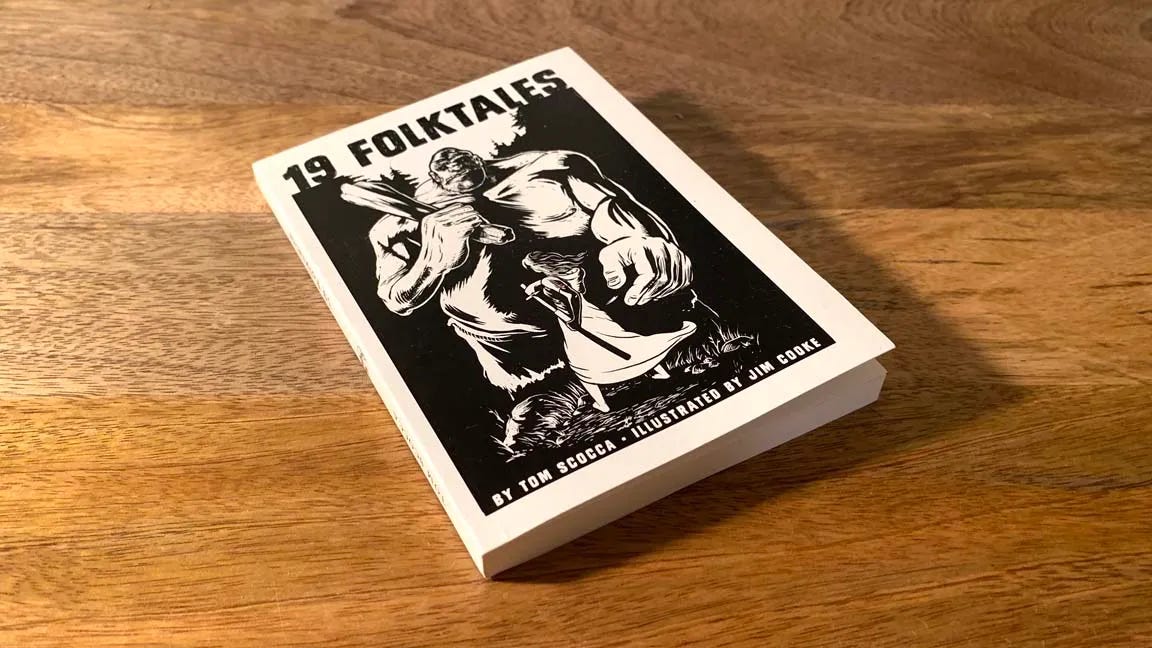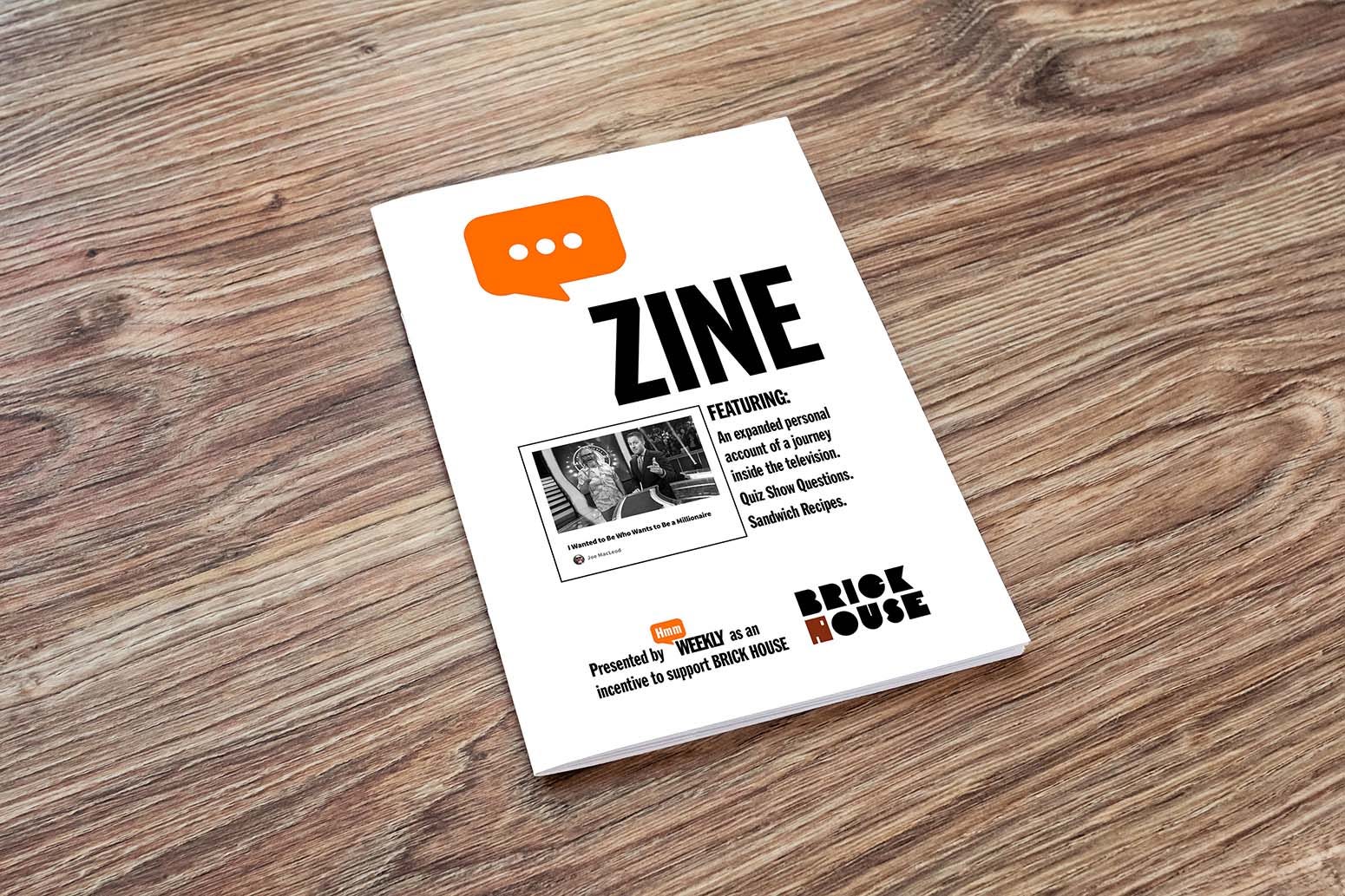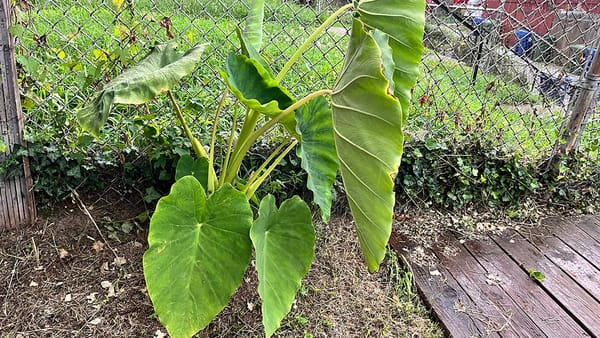Death on the subscription plan
INDIGNITY VOL. 3, NO. 201

JOURNALISM DEP'T.
The Year in Dead Magazines 2023
By Matt Haber
IN NOVEMBER OF this year, Recurrent Ventures, the owner of Popular Science and other “brands” formerly known as magazines, including Dwell and Domino, announced it would stop publishing digital quarterly editions of the title. Launched in 1872 (more than a decade before the invention of the automobile), PopSci was a newsstand constant for generations. It lingered in the imagination, a magazine for grandads with pocket protectors to read in the bathroom, even though the print edition had shut down in 2021. PopSci’s website will continue to update and release podcasts, but the material will no longer be packaged as belonging to a “magazine.” If you want to encounter the object itself, or a digital reproduction, scans of issues can be found on the Internet Archive.

Magazines die by stages in our post-print era, making it harder and harder to even say what a magazine is, let alone what it means to hear that one has departed. There are a million ways for them to go: failed SPAC; sold for parts by private equity; subscription price lowered into the ground; frequency lowered into the sunset; paywall erected; paywall removed; gone freemium; sold to Hong Kong–based investment group; co-founder morphed into hipster populist whose brownshirt “Western Chauvinist drinking club” led an insurrection at the U.S. Capitol as the other co-founder spent $300,000 on a single meal (with a third co-founder flying suspiciously under the radar), fooled major corporations into inflating the valuation into the nine figures, filed for bankruptcy, and exited at a fire sale. (That old story.)
As for surviving, there seemed to be three ways for a magazine to hang on in 2023. The first was to have a deep-pocketed benefactor like notably handsome truck rental scion Jay Penske, who keeps snapping up legacy titles like Rolling Stone and Art Forum, or early Ozy Media investor Laurene Powell Jobs, who’s now chiefly responsible for giving the ponies to staffers of The Atlantic, or that roofing company that underwrites Air Mail because the world is a strange and mysterious place. The second way was to be entirely about Taylor Swift and sell at the grocery checkout, a business model even TIME, that dentist waiting room staple, has apparently adopted. The third way was to be The New Yorker.
Are magazines really doomed? I sure hope not. It seems like some people are still invested in them, and not just people who are named Jay Penske or who are in the roofing business. I’ve enjoyed some interesting new ones this year like the resurrected Believer and Still Alive (a great name for any print magazine), listened to a few magazine podcasts like Stiffed and Print Is Dead (Long Live Print), watched the mag nostalgia show Minx (which more or less fictionalized Viva, the subject of Stiffed), and even spent a few seconds with TikTok accounts like @shinypretties that celebrate 80s and 90s magazines. Magazine love endures, even if so many magazines do not.
But, again, many do not! Here are some notable magazines that died, or sort of died, or went on hiatus (read: hospice) in 2023.

Paper Magazine
Founded as a downtown rag in 1984 by the lovely Kim Hastreiter (an “O.G.,” per her sig) and David Hershkovits, Paper was consistently ahead of the culture for decades. It survived plague (AIDS), war (9/11), lice (the Giuliani administration), and darkness (2003 Northeast blackout). Before Instagram could walk, Paper’s ‘Cultural Sushi’ ran. But then, in April, Paper’s then-owner laid off the magazine’s entire staff. That was that—or was it?
In September, Street Media, the company applying shocks to the corpses of the Village Voice and LA Weekly bought Paper. If the company’s approach to those other “brands” is an indication, the results of this reanimation will not please former staffers who are probably still talking about the good old days while toiling away in less hip newsrooms or creative agencies. In any event, as Paper approaches its 40th anniversary, it continues to publish digital content.

Sacramento and San Antonio Magazines
People who care about civics and democracy rightly lament the death of local newspapers around the country. But the death of regional magazines matters too. City mags were once an important part of the magazine ecosystem, telling local stories with a depth and knowledge lacking from the New York writers who parachuted in for assignments in the hinterlands, and sending ambitious writers and editors on to New York themselves to replenish the ranks of the parachute corps. Many of these magazines are now out of the writing business almost entirely, serving as little more than delivery systems for “Best Doctors” packages and multi-page Super Lawyers advertorials, ignoring important local stories.

Lapham’s Quarterly
Founded in 2007 by legendary Harper’s Magazine editor and lifetime smoker Lewis Lapham, Lapham’s Quarterly is a strange, serious little journal that quietly went on “hiatus” just before the end of this year. Though it was launched as a nonprofit, the statement from the board of directors announcing this pause ended with an odd and possibly telling note: “If you would like to support our efforts, you are welcome to make a contribution, but please note that as we seek reinstatement of our charitable status, your donation cannot be considered tax deductible at this time.” (Emphasis theirs.)
During its print run, each Lapham’s issue was grouped around a Big Theme (Religion, Celebrity, Time, etc.—though never an Etc. issue, sadly) with new works by writers like national treasures Ron Rosenbaum and Renata Adler alongside deep cuts from Cicero and other dead white males undergrads and venture capitalists love to quote. Did you read it? Probably not, but the fact that such an odd and eclectically edited object was for sale on the newsstand next to all those standalone Taylor Swift magazines should’ve been heartening to anyone who cares about magazines. Maybe Jay Penske can bring it back in 2024.
Jezebel
Though not technically a magazine, Jezebel was one of the most influential publications of the early 21st century. Conceived by editor Anna Holmes and born fully formed out of the capacious Linus Van Pelt or Antoine Walker-worthy head of evil genius Nick Denton in 2007, Jezebel immediately changed what we now depressingly refer to as “the discourse.” You don’t need me to explain the importance of this insanely smart and groundbreaking website: historians will do it one day. (Heck, Holmes did it herself about a month ago.)
As with Paper, no sooner had the death notices been published than Jezebel entered some sort of publishing afterlife. The operator of Paste (itself a dead print magazine from 2010) has plans to bring Jezebel back along with Univision's short-lived post-Fusion, post-Gawker title Splinter. Here’s hoping whatever form it takes, the editors bring back Crap Email From a Dude—even if dudes seem to have stopped emailing sometime around 2010 and just started sending eggplant emojis and Cicero quotes.
Also dead:

Backstreets (1980–2023) The magazine for Bruce Springsteen fans.

Mythic (2016–2023) Dedicated to science fiction and fantasy

Fantasy (2020–2023) Also dedicated to science fiction and fantasy (tough category!)
Catapult (2015–2023) Literature and culture site affiliated with Koch offspring-backed book imprint.


New York City, December 25, 2023
★★ The fan was blowing and the window was open to let in the warm, damp air. Daylight was a medium gentle gray, gloomy enough for the usually drab fruit-heavy branches of the ginkgo across the street to take on the strange, eye-catching glimmer of cherry-blossom pink. The cat perched in her position by the screens of the bay window, studying the sidewalk below. Some gnat or tiny mosquito floated around the kitchen, evasive and out of season.

BLUESKY DEPARTMENT
THE READERS OF Indignity continue to supply us with Bluesky codes, for people who want to try the still-beta Bluesky social networks. If you haven’t already gotten a code from us, email indignity@indignity.net and we will award Bluesky codes to those who respond, one per reader, first email, first served.

SANDWICH RECIPES DEP’T.
WE PRESENT INSTRUCTIONS for the assembly of select sandwiches from Woman's Club Cook Book of Southern Recipes, compiled by members of The Woman’s Club of Charlotte, North Carolina, Published in 1908. This book is in the Public Domain and available at archive.org for the delectation of all.
SWEET POTATO SANDWICHES.
Mash with a wooden spoon 8 boiled sweet potatoes that have been carefully pared, adding 1/2 cup of cream, 1 tablespoon of butter, and a little salt and pepper; then whip with a fork until very light and stir in 1 cup of chopped hickory nuts and 1/2 cup of grated cocoanut. Spread between thinly buttered slices of graham bread and stamp with a round cutter into neat circles. Arrange on a cake plate with a doily.
TARTARE SANDWICHES.
Chop fine a little cold ham and 3 sardines, boned and skinned; add 3 small sour pickles and 1 teaspoon each of mustard, walnut catsup, and vinegar; season to taste with salt, pepper, and a pinch of cayenne; and spread on thin slices of bread cut in diamonds.
BACON SANDWICHES.
Fry thin slices of bacon until crisp, drain, and chop finely. Make into a paste with just enough butter to hold together and spread very thin slices of bread with the mixture.
If you decide to prepare and attempt to enjoy a sandwich inspired by this offering, be sure to send a picture to indignity@indignity.net.

MARKETING DEP'T.

The second printing of 19 FOLK TALES is now available for belated Holiday gift-giving and personal perusal!
U.S. Postal Service media mail delivery takes an estimated 4 to 8 business days. For Eastern Orthodox shoppers, the author stands ready to hand-fulfill orders as they come in, even at the cost of dealing with that one clerk at the neighborhood post office whose whole thing is trying to start a fight with everyone who steps up to her window. Happy holidays!

HMM WEEKLY MINI-ZINE, Subject: GAME SHOW, Joe MacLeod’s account of his Total Experience of a Journey Into Television, expanded from the original published account found here at Hmm Daily. The special MINI ZINE features other viewpoints related to an appearance on, at, and inside the teevee game show Who Wants to Be A Millionaire, available for purchase at SHOPULA.

FLAMING HYDRA will launch in January of 2024. The FLAMING HYDRA Holiday Preview Spectacular, a rich sampling of the writing and art you’ll enjoy as a subscriber to the forthcoming daily newsletter, is available now for your inspection. FLAMING HYDRA is the work of 60 world-class talents, but that’s just one reason to subscribe. FLAMING HYDRA is a 100% cooperatively owned, ad-free publication with no owners and no investors; just a bunch of writers and artists working together and splitting the proceeds equally.

INDIGNITY is a general-interest publication for a discerning and self-selected audience. We appreciate and depend on your support!





